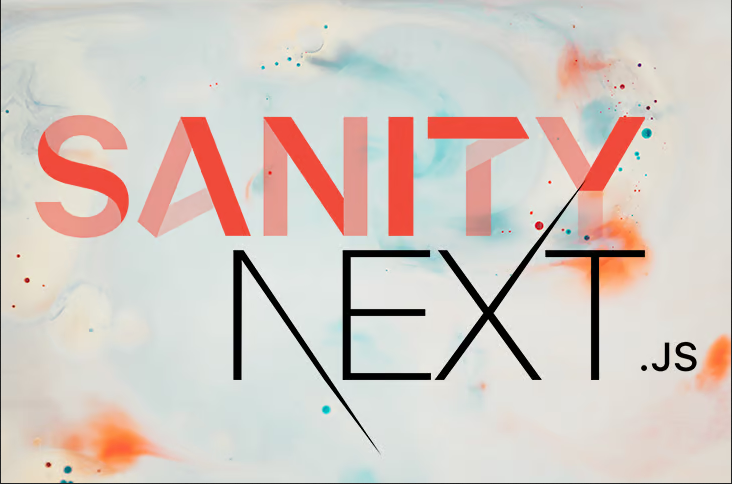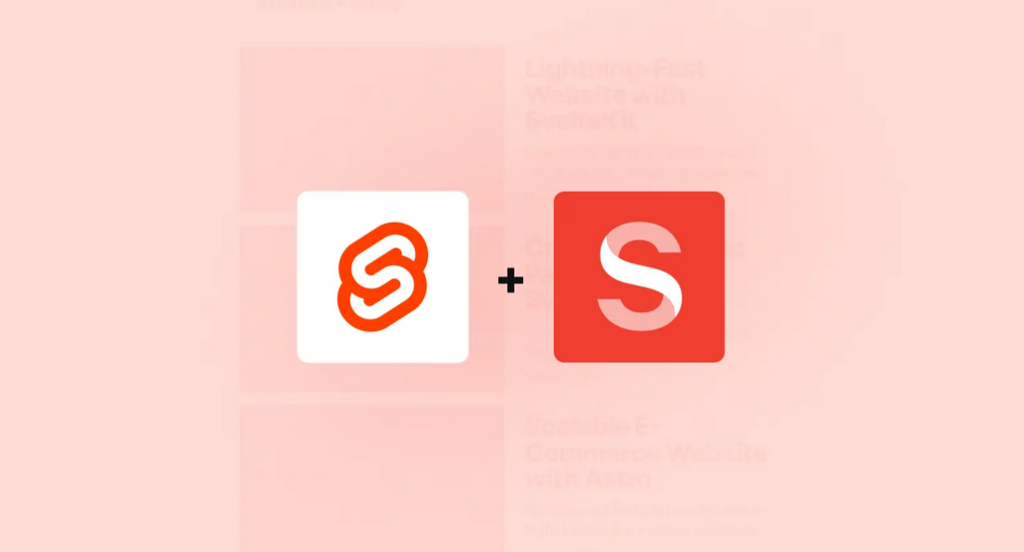Sanity CMS is a powerful and flexible content management system designed for developers and content creators. It offers a headless architecture, which means you can use it to manage content for websites, apps, and other digital platforms while maintaining complete control over the presentation layer. Here are some key points to understand about Sanity CMS development:
Table of Contents
What is Sanity CMS?
Sanity CMS is a content management platform that allows Sanity CMS developers to structure, organize, and manage content efficiently. It is known for its real-time collaboration features, customizable schemas, and the ability to integrate with various front-end frameworks.

Why Choose Sanity CMS?
Developer-Friendly
Sanity CMS stands out for its developer-centric design. It provides a structured content model and flexible APIs that developers appreciate. This approach empowers developers to create highly customized and tailored solutions for their specific needs. Whether you’re building a blog, an e-commerce site, or a complex web application, Sanity’s flexibility allows you to mold the content structure to fit your project perfectly.
Real-Time Collaboration
One of the standout features of Sanity CMS is its real-time collaboration capabilities. With multiple team members working on content simultaneously, it’s an ideal choice for projects with distributed teams or multiple contributors. This real-time collaboration streamlines content creation and editing, ensuring that everyone is on the same page and reducing communication overhead.
Customizability
Sanity CMS offers an exceptional level of customization. Developers can define content schemas using Sanity’s Schema Definition Language (SDL). This means you have complete control over how your content is structured and organized, ensuring it aligns precisely with your project’s requirements. Whether you need to manage articles, products, or any other content type, Sanity can be tailored to suit your needs.
Version Control
Version control is an essential aspect of content management, and Sanity CMS doesn’t disappoint in this regard. It provides robust version control for your content, allowing you to track changes, review edits, and roll back to previous versions if necessary. This ensures content integrity and provides a safety net for content managers and editors.
How to Get Started with Sanity CMS Development?
To start developing with Sanity CMS, follow these steps:
- Installation: Begin by installing the Sanity CLI (Command Line Interface). This tool is essential for creating and managing Sanity projects. You can install it using npm or yarn, depending on your preference.
- Schema Definition: Next, define your content schema using Sanity’s Schema Definition Language (SDL). This step is crucial as it specifies the structure of your content. You can define fields, data types, and relationships between different content types.
- Content Creation: Start adding content to your Sanity project. You have two primary options for doing this: you can use the web-based Sanity Studio, which offers a user-friendly interface for content management, or you can programmatically add content via Sanity’s APIs for more advanced use cases.
- Integration: Integrate Sanity CMS with your front-end application. Whether you’re building a website, a mobile app, or any digital platform, Sanity provides APIs and libraries to fetch and display content seamlessly. This integration ensures that your content is dynamically presented to your audience.
- Customization: Tailor the Sanity Studio to match your project’s branding and workflow requirements. You can create a customized content management environment that aligns perfectly with your project’s design and user experience goals.
- Deployment: Finally, deploy your Sanity project to a hosting service of your choice. Sanity supports various hosting options, including cloud platforms like Vercel and Netlify. This allows you to make your project accessible to the world.
Conclusion
In the ever-evolving landscape of content management systems, Sanity CMS stands out as a developer’s dream come true. Its combination of flexibility, real-time collaboration, and structured content management make it a powerful tool for a wide range of digital projects. Whether you’re building a website, mobile app, or any other digital platform, Sanity CMS empowers developers to craft customized solutions that precisely match their vision.

FAQs about Sanity CMS Development
1. What programming languages are commonly used with Sanity CMS?
Sanity CMS is language-agnostic, but it is often used with JavaScript for building web applications. You can also use other programming languages depending on your project’s needs.
2. Can Sanity CMS handle e-commerce websites?
Yes, Sanity CMS can be used to manage content for e-commerce websites, but additional e-commerce functionalities may require integrations with dedicated e-commerce platforms.
3. Is Sanity CMS suitable for small businesses?
Yes, Sanity CMS can be a good choice for small businesses due to its flexibility and scalability. It allows businesses to start small and grow as needed.
4. What hosting options are available for Sanity CMS?
Sanity CMS projects can be hosted on various platforms, including Vercel, Netlify, AWS, and more. The choice of hosting depends on your specific requirements and preferences.
5. Is there a community or support available for Sanity CMS developers?
Yes, Sanity CMS has an active community and provides documentation, tutorials, and support options for developers.
